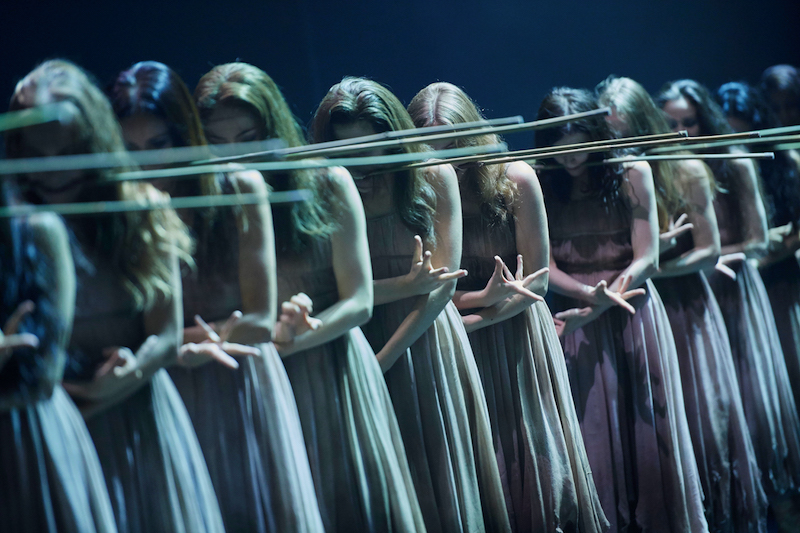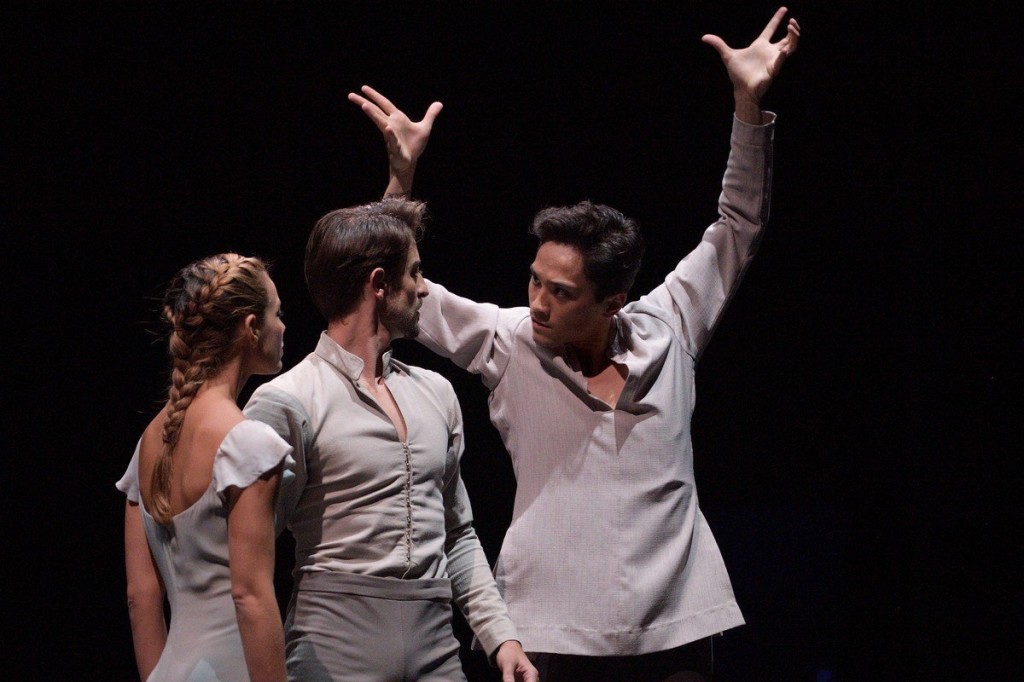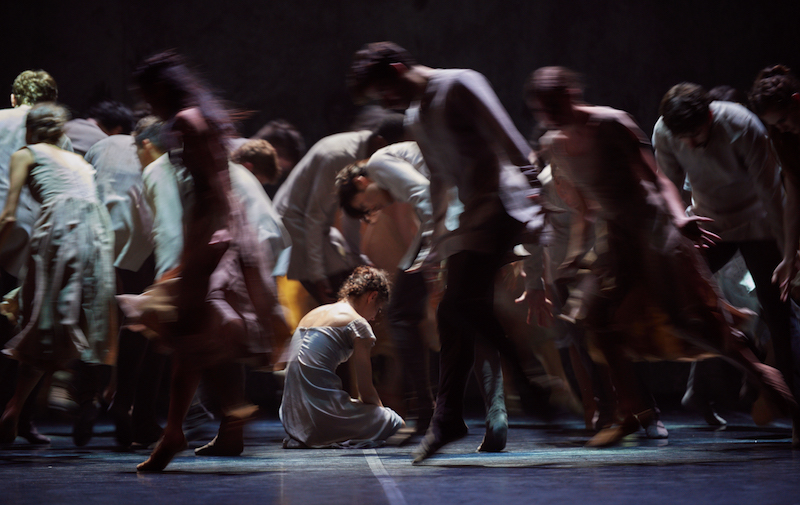After a prolonged gap, the first performance in our autumn dance calendar was English National Ballet’s revival of Akram Khan’s Giselle at Sadler’s Wells last month. The production was hailed a triumph when it premiered in 2016 and we were definitely among its many fans. We liked that Khan had gone beyond than just re-dressing the ballet and that, together with his dramaturg Ruth Little, he had set the story in a garment factory of migrant workers against the backdrop of a wall. This wall separates them from the “others”, the landlords, who in turn exploit the migrants as cheap labour.
Since then, this production has toured widely, winning new fans around the world. Tickets for this revival at Sadler’s Wells were like gold dust, and it seems the ballet has managed to bring in new audiences, who will hopefully become ENB regulars. This was my first time revisiting the production, so I wanted to look at it with fresh eyes and see if the ballet would impress me again. I jotted down some quick thoughts to share here:
1) An Universal Giselle
Despite changes in the ballet’s setting, its character motivations and in the actual choreography, Giselle remains the woman who gives her heart away to the wrong man and whose love eventually saves him. I noticed that Khan’s Giselle is perhaps more mature, and that the language he gives Giselle in her exchanges with Albrecht is more sensual. Giselle’s gestures and the way she touches Albrecht’s face indicate a degree of intimacy not found in the traditional version, and it is interesting to also note how two seasoned traditional Giselles, Tamara Rojo and Alina Cojocaru are fully at home in this new version.
2) Hilarion’s Star Turn
In the original run, César Corrales almost stole everyone’s thunder as Hilarion. I remember getting the feeling that Khan had been more invested in this character, who is trapped between two worlds and rejects his community, his own origins. He certainly gives the best moments to Hilarion, and this time around, the impression remains, with Jeffrey Cirio taking the character and making it his own. Dazzling and energetic, Cirio leaves a lasting impression and I’m still trying to understand how he could move at such speed.
3) The Scary Wilis
Stina Quagebeur remains a terrifying and authoritative sight as Myrtha. Akram Khan’s “white act” is eery and dramatic and makes me think of the army of white walkers in Game of Thrones (yet another wall!). We might not know who they really are, but we know they show no mercy towards Hilarion, who pays the ultimate karmic debt for his duplicitous behaviour.
4) The New Score
I enjoyed Vincenzo Lamagna’s score even more this time around. Amidst layers of electronica and percussion, he calls back Adolphe Adam’s classic score in a clever and effective way, setting the mood for each scene. The energising rhythms fuel the corps de ballet, driving their super fast movements across the stage. It’s the right choice for Khan’s choreographic style.
5) A Theme that is EternalÂ
At its premiere, Khan’s ballet suggested connections to the migrant crisis and Trump’s wall. But in 2019, what resonates with me is how it speaks about divided populations along a variety of lines, and of the current cultural wars. If forgiveness, understanding and love are messages that Giselle is supposed to embody, these are cleverly emphasised Khan’s version. They are made even more explicit than in the traditional ballet. This is what makes this version so successful: it preserves the essence of the original, while allowing for new interpretations that are more relevant to our times – but is, at the same time, evergreen.
Comments are closed.


